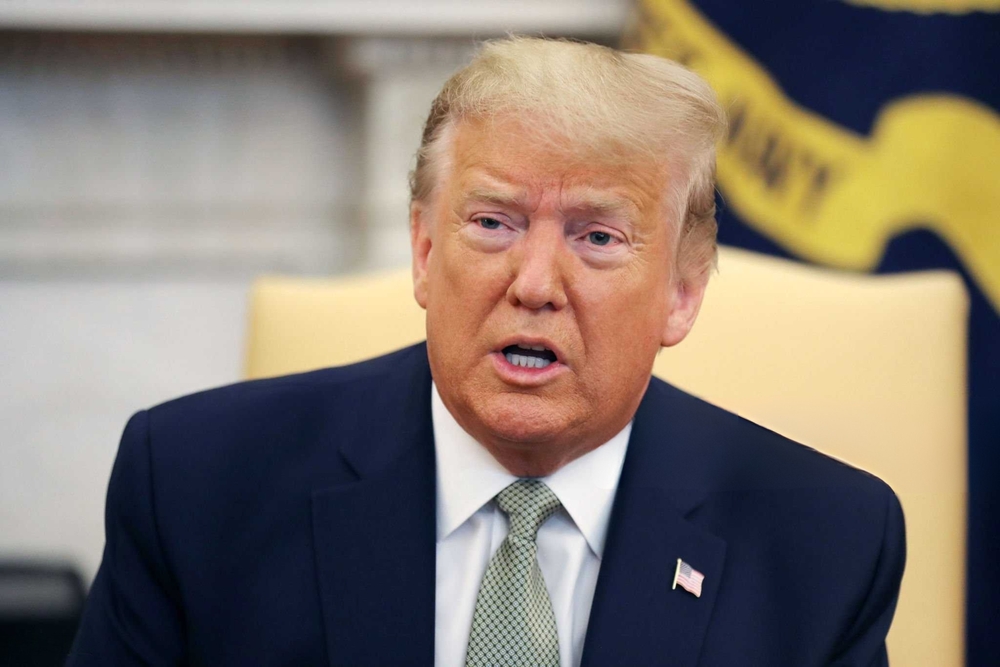
It’s been a roller-coaster year for Nvidia (NVDA), and fresh news from China signals the worst may be just ahead.
According to a recent Wall Street Journal report, China is scrambling to localize its advanced chipmaking and cut its reliance on Nvidia altogether, potentially opening a new front in the tech trade war.
At the core of this localization is Chinese telecom giant Huawei, which is gearing up to test an advanced AI processor designed to rival Nvidia’s popular H100 chips.
The new processor, called the Ascend 910D, is expected to enter advanced testing as early as May.
If the 910D successfully builds on Huawei’s previous 910B and 910C models, it could reshape China’s entire semiconductor market.
China's push for domestic semi production comes as the U.S. government tightens restrictions on high-end chip exports to Beijing.
The export controls escalated last month when the U.S. barred Nvidia from selling its most powerful processors to Chinese customers, a move expected to cost Nvidia $5.5 billion in revenue this quarter alone.
InvestorsObserver reported back then that the ban would likely speed up the rise of China’s domestic chipmakers, with tech giants like ByteDance and Tencent among the first to ramp up procurement of local alternatives.
If Huawei’s 910D can meet their demand, analysts say, there may be little incentive for Chinese firms to return to Nvidia, even if U.S.-China trade tensions eventually cool.
If history is any indication, odds are in Huawei’s favor.
Despite being blacklisted by the U.S. for more than five years, the telecom giant has continued to advance its technology.
In 2023, Huawei’s relentless pursuit for innovation culminated in the release of a cutting-edge smartphone that caught Washington off guard.
The irony is that instead of protecting Nvidia’s China business, the Trump administration’s tariffs may have inadvertently accelerated the rise of America’s biggest tech rival.
NVDA’s wild ride in 2025
Trade war fallout and stretched valuations have hammered Nvidia’s stock for much of 2025.
Following Trump’s "Liberation Day" tariff announcement on April 2, NVDA shares tumbled into the low $90s, pushing its year-to-date loss to 36%.
The stock has since staged a partial rebound, helped by blowout earnings from Alphabet (GOOGL), one of Nvidia’s largest customers.
Alphabet reaffirmed its $75 billion capital spending plan — a key driver of AI infrastructure growth — providing some medium-term support for Nvidia.
Investors will get a better look at the damage of Trump’s tariffs on May 28 when Nvidia reports earnings and details the financial hit from the China ban.
For its most recent quarter ending Jan. 26, Nvidia reported adjusted earnings of 89 cents per share on $39.3 billion in revenue, both topping Wall Street expectations.
Your email address will not be published. Required fields are markedmarked